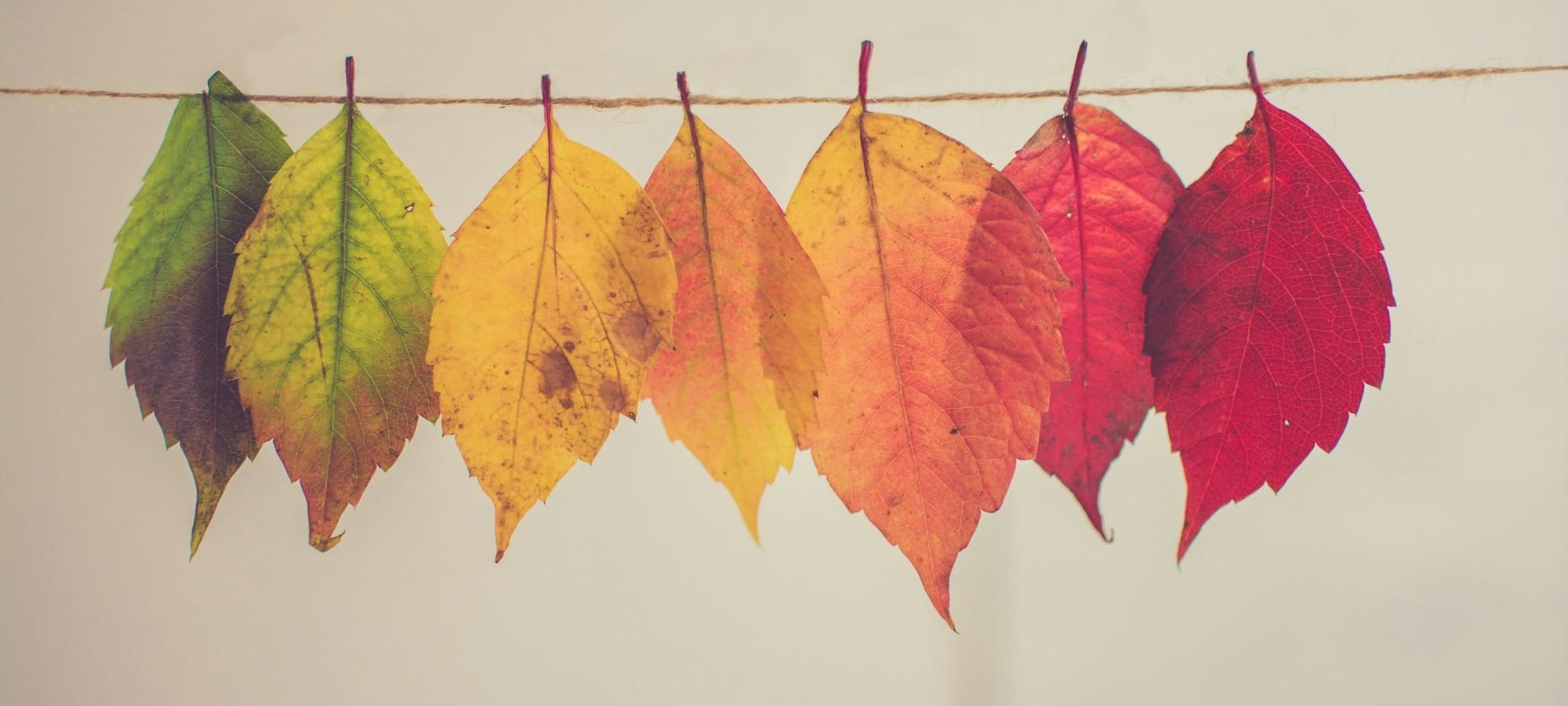Season Mapping — Noticing Nature’s Calendar Together
(A Slow Note) Finding common ground in the turn of the year

Most calendars hang on a wall and tell us the obvious — March 20 is the first day of spring, September 22 the start of fall. But dig into any community and you’ll find a quieter timepiece: the smell of the first backyard barbecue, the evening a chorus of crickets drowns out the TV, the Saturday farmers’ market when strawberries finally taste like summer. Season mapping is about tracking those small signals so everyone — city kids, ranch hands, retirees, college students — can share the rhythm of a shared place.
Why It Matters Beyond Botany
Phenology is the science of first blooms and migrating birds, but you don’t need a degree or a field notebook to join in. Every neighborhood has its own shorthand:
- The day the local pool opens and chlorine hangs in the air.
- The week cedar pollen sends half the town to the pharmacy.
- The first morning you scrape ice off a windshield or the first evening you need the porch fan.
Notice these cues and you start to feel rooted instead of rushed. Seasons stop being distant meteorological events and become stories you tell with neighbors: “Remember how early the bluebonnets came up last year?”
Building a Community Season Map
- Pick an easy format. A shared Google Sheet, a bulletin‑board calendar at the coffee shop, or a family chalkboard on the fridge. Keep it visible.
- Record what you actually feel. "Grills lit on the cul‑de‑sac" or "First Friday night lights at the high‑school stadium" count as much as budding dogwoods.
- Invite all ages. Kids note lightning bugs, teens track the date school lets out, older neighbors remember when hummingbirds show up at the feeder.
- Compare across years. Patterns jump out — maybe the first cold snap slips later each fall, or peaches peak a week earlier now. Knowledge grows in the overlap.
Slowing Down in Real Time
Once you have a map, use it. Plan a patio dinner when the evening temps hit that magic 75‑degree mark. Schedule a family photo under the street’s oldest oak the week its leaves start to blaze. When the first Canada geese pass overhead, let that honking reminder be your cue to clean the grill before winter storage. The map becomes more than data; it’s a gentle nudge to live in step with the world outside your phone.
Inclusive by Design
Because observations are personal, season mapping dodges culture wars and taste bubbles. Hunters track rut, gardeners note soil temp, foodies watch for the first truck of sweet corn. Even the night‑shift nurse who rarely catches daylight can mark when dawn creeps earlier at clock‑out time. Everyone’s note matters because every note is local truth.
Getting Started This Week
Look around tomorrow morning: what do you hear, smell, or feel that screams "summer is close" or "winter is easing"? Write it down, share it over coffee or in a group chat. You’ve just added a thread to a larger community tapestry. Keep adding, and by year’s end the wall calendar will feel flat compared to the living one you helped build.
Season mapping isn’t about chasing some perfect pastoral fantasy. It’s simply a way to reconnect with the pace that kept humanity oriented long before apps sent push alerts. When we chart the year together — in pollen counts, parade routes, or the return of Friday night baseball — we remember that time isn’t just ticking by; it’s unfolding right outside our windows.
— Lawrence

Thanks for reading Still Stories! Subscribe for free to receive new posts and support my work.

